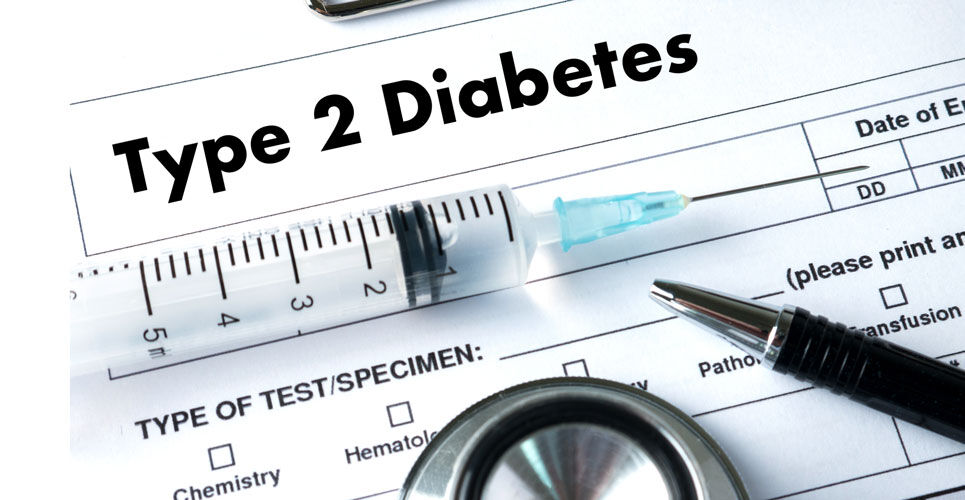The presence of elevated arterial stiffness in hypertensive patients has good predictive power for the development of diabetes
Elevated arterial stiffness (AS) as opposed to hypertension appears to be a much better predictor of the development of diabetes. This was the key finding from a prospective study by a team of Chinese researchers.
The World Health Organization has estimated that globally, there are approximately 422 million people with diabetes. Type 2 diabetes is the most common form and in 2017, it was suggested that approximately 6.3% of the world’s population have this form of the disease. Hypertension is a common co-morbidity in patients with type 2 diabetes, affecting roughly two-thirds of patients. In fact, one Chinese study has suggested that a higher blood pressure is a risk factor for type 2 diabetes in both middle-aged and elderly patients. In addition, arterial stiffness, especially in the aorta, has been shown to be an independent predictor of all-cause and cardiovascular mortality in patients with essential hypertension. In fact, it has been suggested by one study that arterial stiffness is linked to a higher incidence of diabetes, independent of other risk factors and may represent an early risk marker for developing diabetes. However, whether arterial stiffness among hypertensive patients is a useful prognostic marker for the development of diabetes compared with hypertension alone is unclear.
For the present analysis, the Chinese researchers turned to data produced in the Kailuan study, an ongoing prospective study following patients initially free of hypertension and which is examining factors associated with development of the condition. In a subgroup of patients, brachial-ankle pulse wave velocity measurements (which assess arterial stiffness) were taken. The researchers set the primary outcome as the development of diabetes during the follow-up period. Participants blood pressure and arterial stiffness was categorised as: ideal vascular function (IVF) and normotensive, normotensive with AS, hypertensive and with normal AS and hypertensive and with elevated AS (HTAS).
Arterial stiffness and the development of type 2 diabetes
A total of 11,166 participants were enrolled and followed for 6.16 years during which time, 768 (6.88%) of incident cases of type 2 diabetes were identified.
After adjustment for covariates (e.g., age, gender, co-morbidities), compared to the IVF group, individuals in the HTAS group had the highest risk developing type 2 diabetes (hazard ratio, HR = 2.42, 95% CI 1.93 – 3.03). This was followed by the normotensive, elevated AS group (HR = 2.11, 95% CI 1.64 – 2.61). Interestingly, the lowest risk was associated with those who were hypertensive and with normal AS (HR = 1.48). These results did not change when further adjusted for mean arterial or diastolic pressure.
The researchers then examined whether an elevated AS or hypertension, or both, increased the predictive power of a conventional model, i.e., with age, sex, BMI, smoking status etc, for the development of diabetes The results showed that the C statistic increased from 0.690 to 0.707 (p = 0.0003), i.e., had more predictive power, after addition of AS. However, the predictive power increased to 0.709 when both hypertension and AS were added; in other words, there was little additional benefit to the model by adding hypertension alone.
The authors concluded that an elevated AS performed better than hypertension for the prediction of type 2 diabetes and suggested that future strategies for the prevention of type 2 diabetes should focus on both hypertension and AS.
Citation
Tian X et al. Hypertension, Arterial Stiffness, and Diabetes: a Prospective Cohort Study Hypertension 2022

